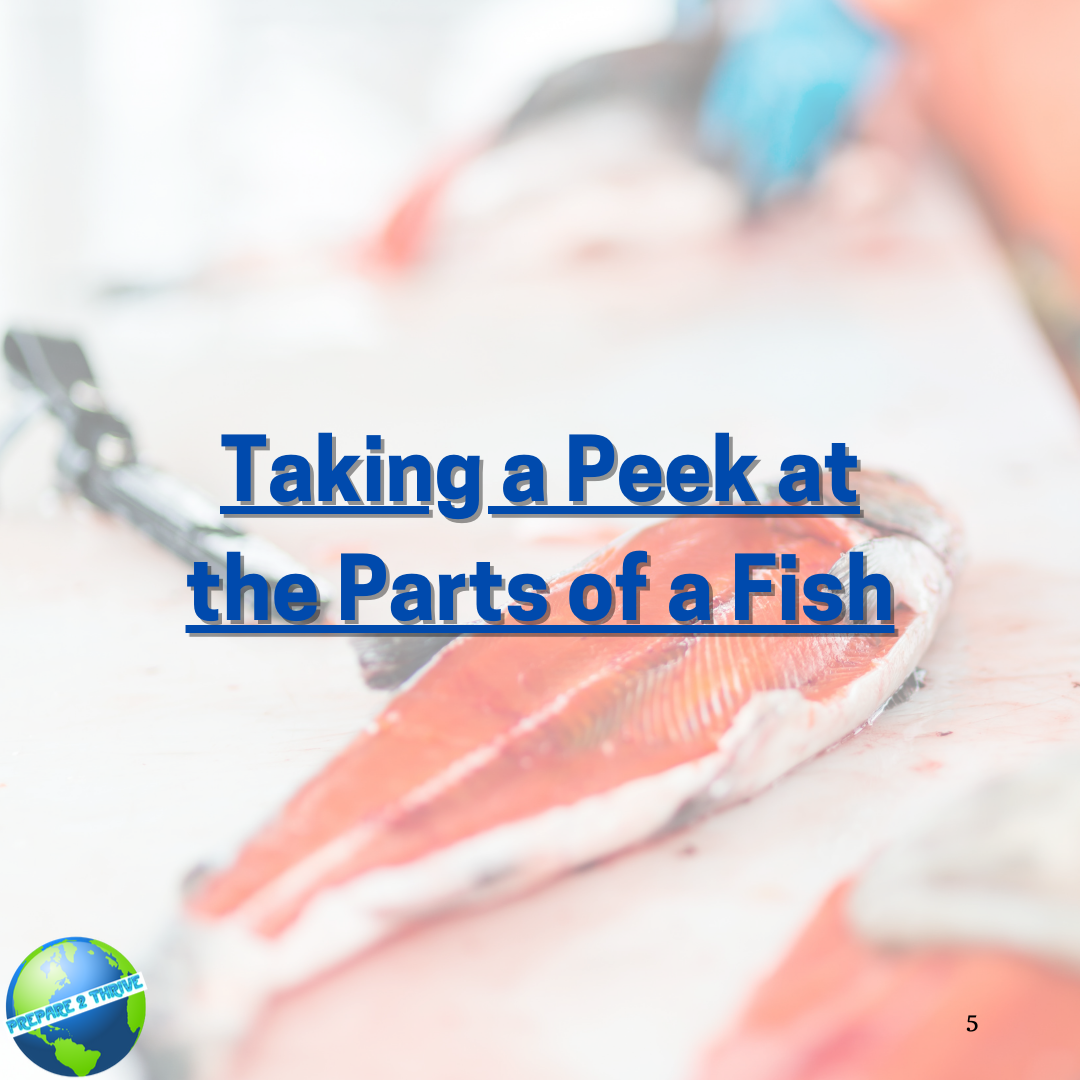Gathering Food

Embark on the forager's journey with our 'Gathering Food' series, where we unravel the art of scavenging sustenance both on land and by the ocean. Dive into a trove of articles that illuminate the skills and strategies essential for sourcing food in diverse survival environments. From shoreline treasures to land-based bounties, these guides equip you with the knowledge to navigate and harness nature's provisions. Whether you're scanning the horizon at sea or exploring the terrain on foot, our comprehensive resources empower you to become a skilled gatherer, ensuring your readiness to secure nourishment in the wild, wherever your survival journey takes you.
-
Learn how to easily get started with prepping by following these simple steps, so that you can be prepared for any emergency situation. Start small with grocery shopping and gradually build essential skills and resources. Make SMART goals and take action today. Stay safe and worry-free with the ultimate goal of living normally through any crisis.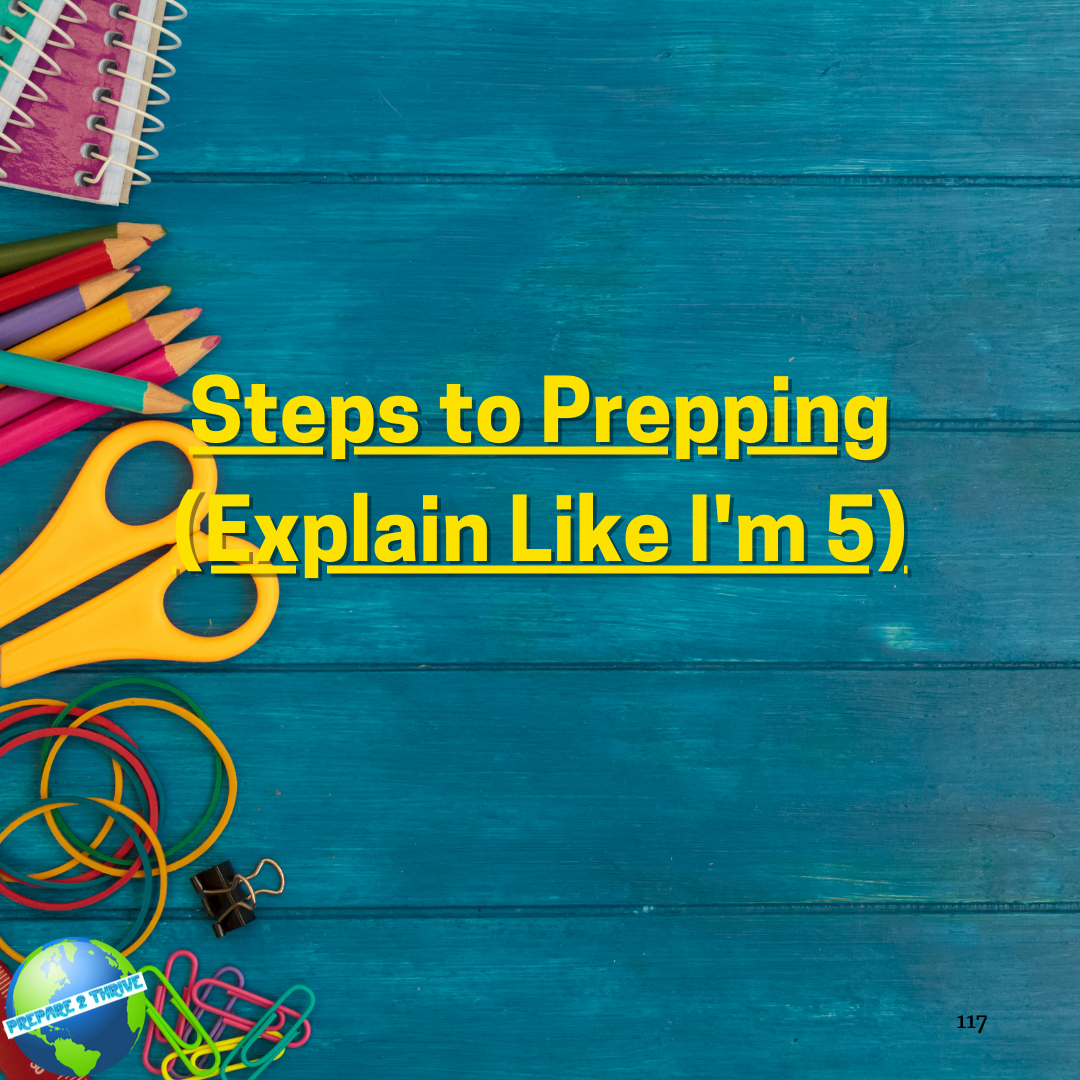
-
Discover essential survival skills beyond guns and self-defense. Learn how to grow food, preserve supplies, build shelters, and maintain health. Practical skills from the Great Depression, like sewing and foraging, remain crucial for thriving in a societal collapse. Prepare to adapt, trade, and stay resilient when modern conveniences disappear. Survival starts here.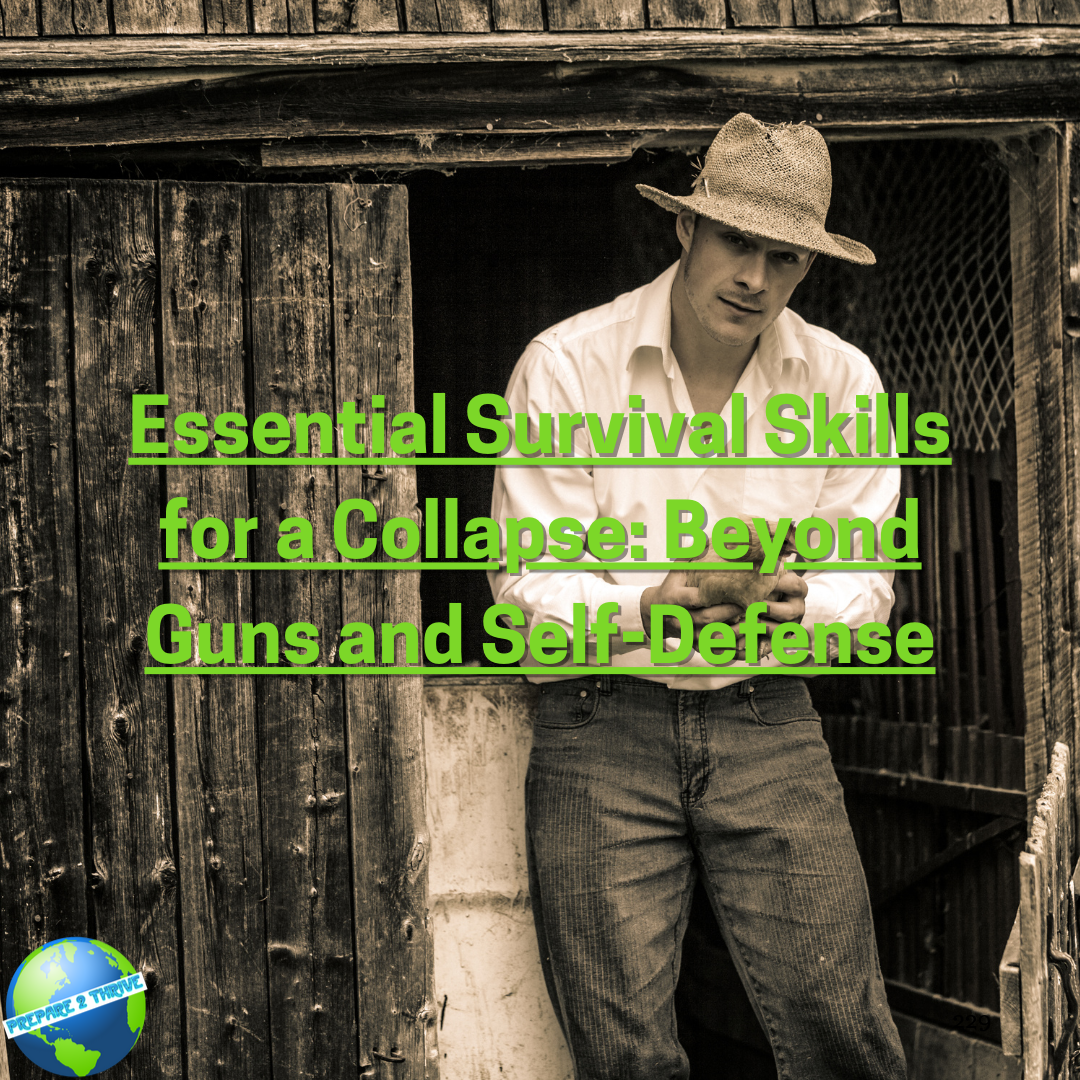
-
Catch your next meal while sailing with our handline fishing tips for offshore sailors! Learn sustainable fishing techniques and the best fishing gear for saltwater fishing. Whether you're a seasoned angler or a beginner, discover the thrill of sport fishing from the deck of your sailboat. Start reeling in your own catch of the day with Prepare2Thrive.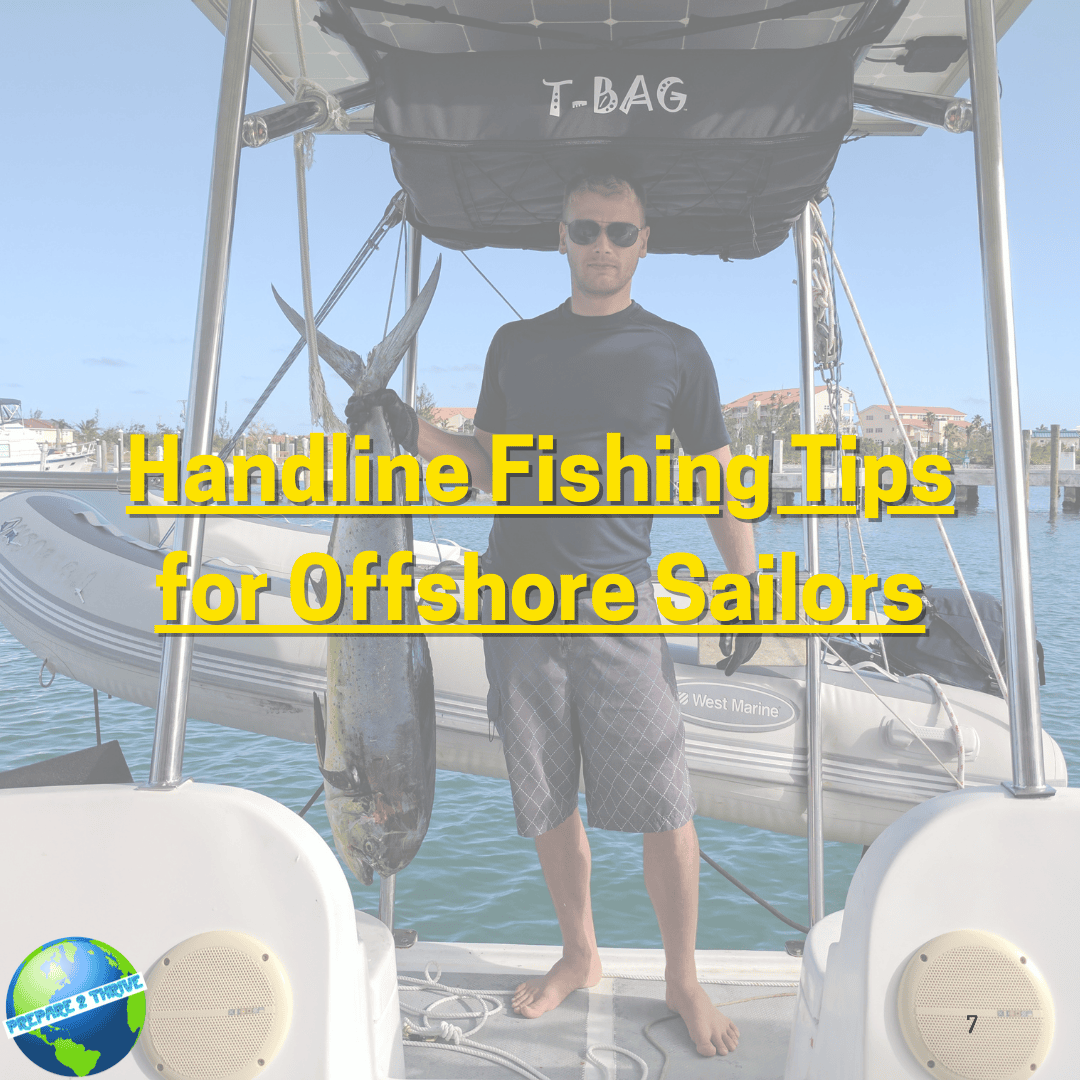
-
Keep your catch fresh with our guide on how to clean a fish quickly and thoroughly. Learn the best fish cleaning techniques and tools for seafood preparation, from removing scales to gutting and filleting. Ensure fish hygiene and freshness with our tips for cleaning and storing your catch. Improve your fishing game today with Prepare2Thrive.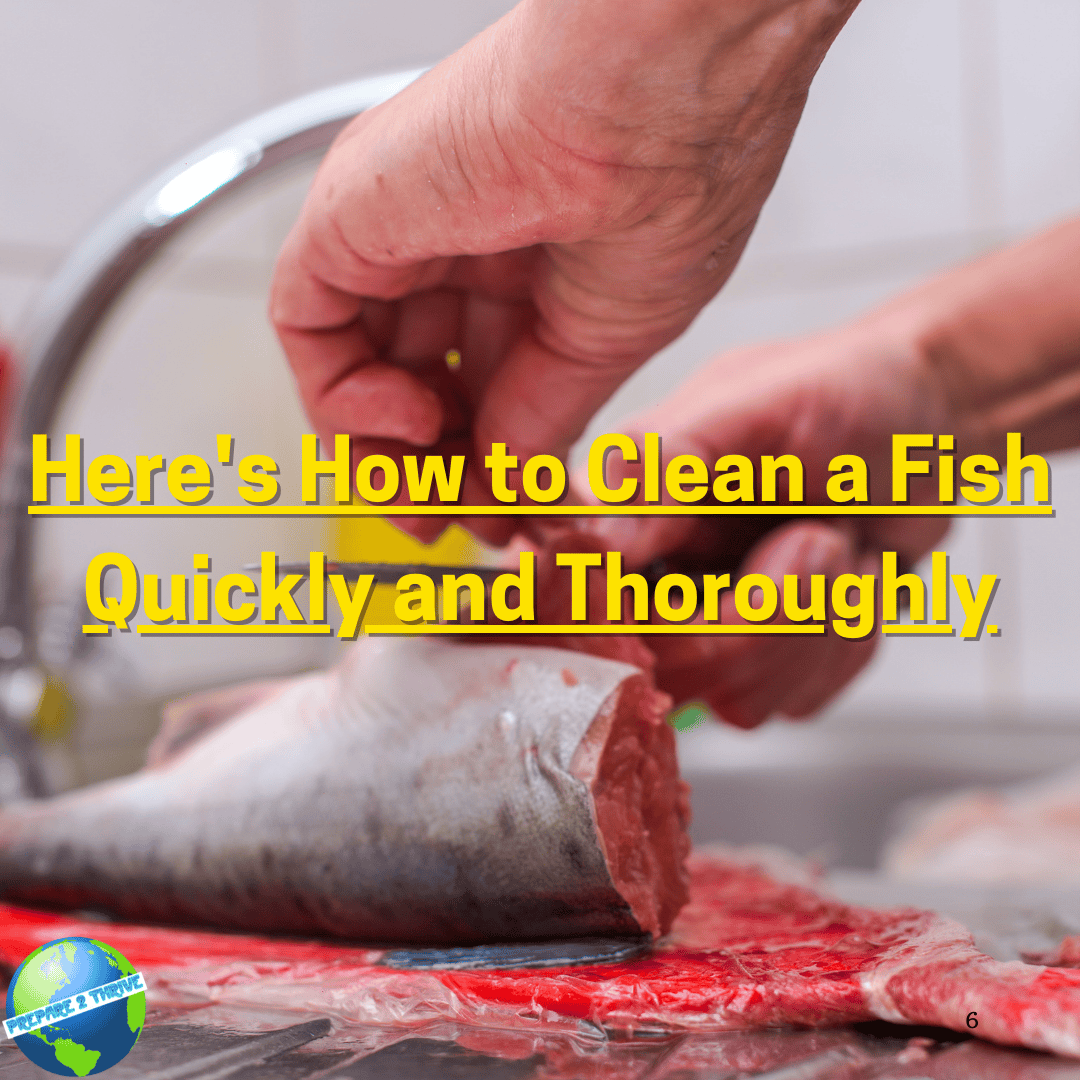
-
Make cleaning fish a breeze with the right tools and methods. Discover the best fish cleaning tools and techniques for seafood preparation, from scaling and gutting to filleting. Ensure fish hygiene and freshness with our tips for cleaning and storing your catch. Improve your fishing game today with Prepare2Thrive.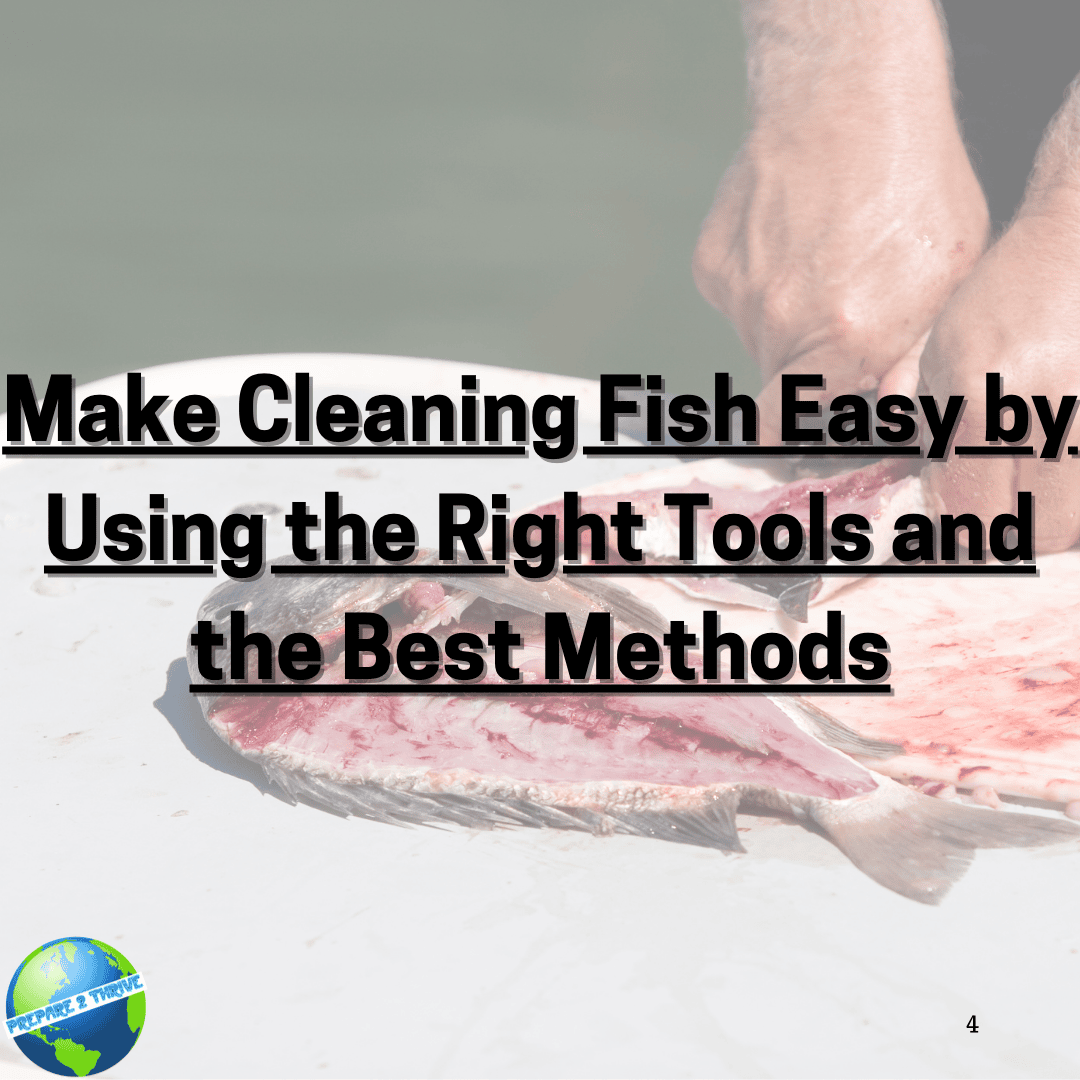
-
Explore the potential of seaweed as the ultimate survival superfood in the aftermath of nuclear winter. Discover how seaweed's resilience, nutritional richness,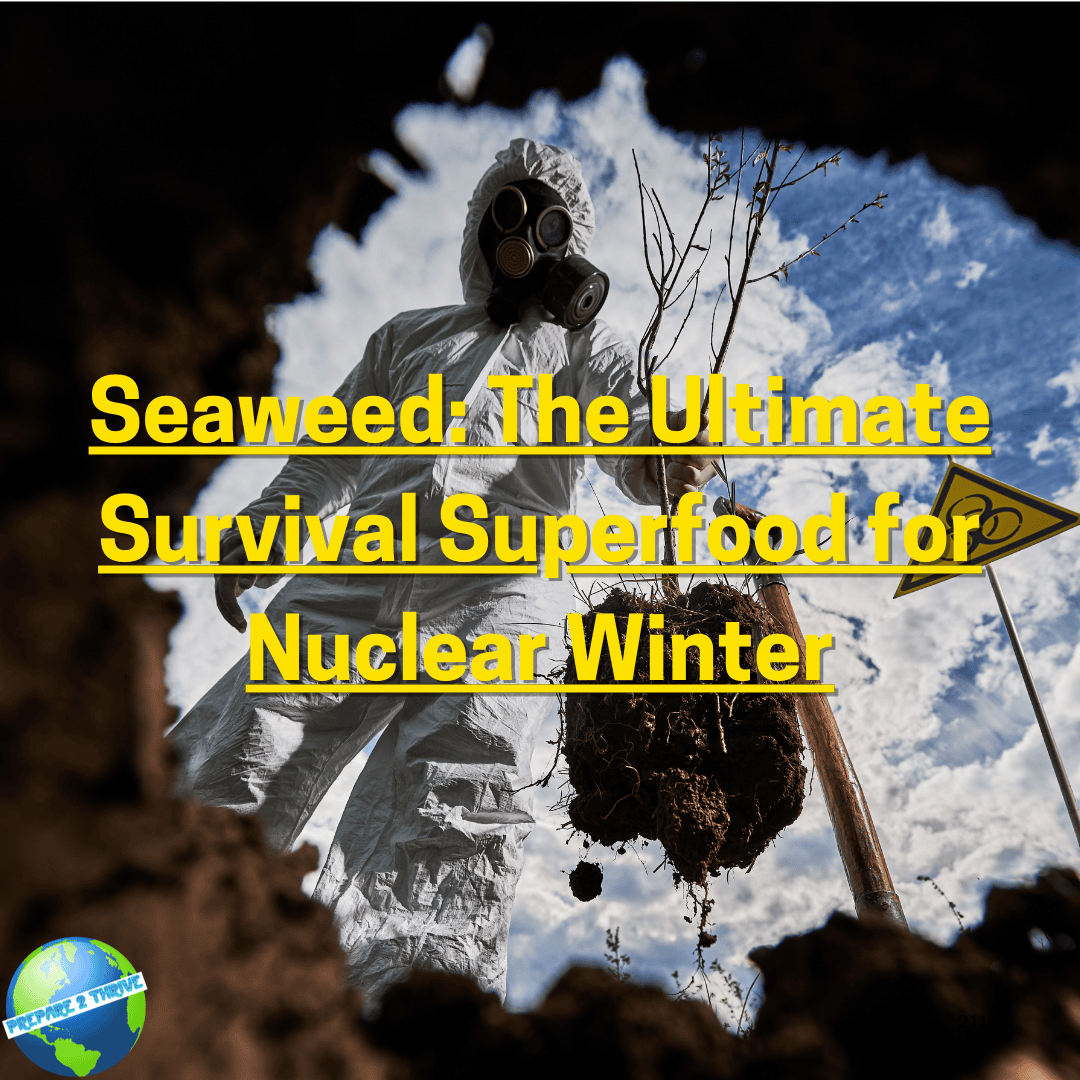
-
From head to tail, learn about the parts of a fish with our fish anatomy guide. Discover how to fillet and prepare seafood like a pro with a deeper understanding of fish biology and species identification. Explore the nutritional benefits and cooking techniques of different types of fish, and start incorporating more healthy seafood into your diet. Get hooked on fish with Prepare2Thrive.